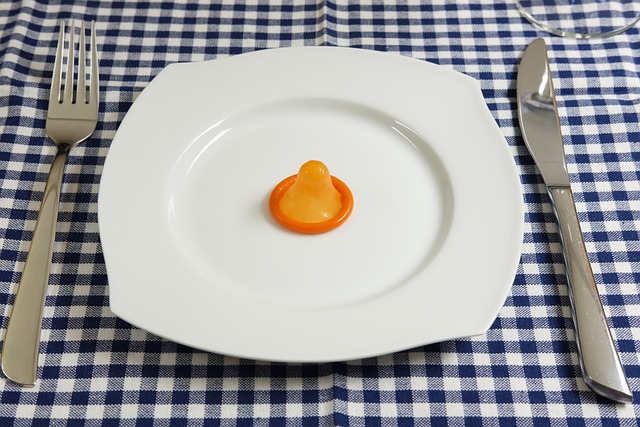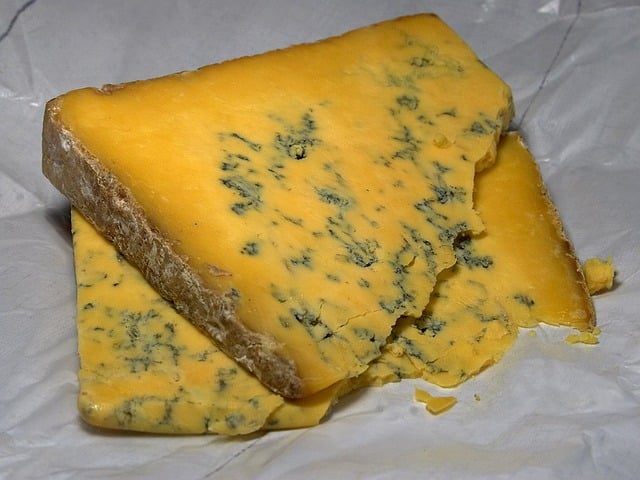Grout sealing is a vital practice for maintaining tile aesthetics and integrity, especially in high-humidity areas like bathrooms and kitchens. By creating a protective barrier, it prevents mold growth, permanent staining from moisture, dirt, and cleaning products, and prolongs grout lifespan. Proper application techniques, using the right sealant for specific grout types, regular maintenance (including resealing every 1-2 years), and considering environmental conditions are key to effective grout sealing that guards against both mold and stains.
Grout, often overlooked, is a vital component of any tiled surface, enhancing aesthetics and functionality. However, it’s also highly susceptible to mold, stains, and damage due to its porous nature. This article delves into the significance of grout sealing as a proactive measure for long-lasting protection. We explore the impact of mold and stains, discuss different types of grout sealers, application techniques, common mistakes to avoid, and maintenance tips, empowering you to safeguard your tiled spaces from potential harm. By understanding these aspects, you can effectively prevent damage and preserve the beauty of your grout lines.
Understanding Grout and Its Susceptibility to Damage

Grout, often overlooked, plays a vital role in maintaining the aesthetics and integrity of your tiles. It’s the material that fills the spaces between tiles, providing both support and a seamless finish. However, grout is susceptible to damage from moisture, dirt, and organic compounds, which can lead to unsightly mold growth and permanent staining. This is particularly prevalent in areas with high humidity, such as bathrooms and kitchens, where grout comes into frequent contact with water and various cleaning products.
Regular cleaning and sealing are essential steps in grout care. Grout sealing, specifically designed to prevent mold and stains, forms a protective barrier over the grout lines, hindering the penetration of liquids and dirt. This simple yet effective process can significantly extend the lifespan of your grout, ensuring it remains fresh and clean for years to come.
The Impact of Mold and Stains on Grout Surfaces

Grout sealing is an essential step in maintaining the integrity and aesthetic appeal of your tiled surfaces. One of the primary reasons for grout sealing is to prevent mold and stain accumulation, which can significantly damage grout over time. Mold thrives in dark, damp environments, making bathrooms and kitchens prime targets for infestation. Once established, mold not only discolors grout but also deteriorates its structure, leading to uneven surfaces and potential health risks.
Stains, on the other hand, are caused by a variety of factors including spills, foot traffic, and exposure to harsh chemicals. These stains can penetrate the grout, making them difficult to remove and leaving behind unsightly marks that depreciate the overall look of your tiled areas. Grout sealing creates a protective barrier, repelling water, oils, and other stain-causing substances, thereby minimizing the occurrence of both mold and stains, ensuring your grout remains fresh and clean for longer periods.
Why Grout Sealing is Essential for Longevity

Grout sealing is an essential step in maintaining the longevity and aesthetics of your tiles. It acts as a protective barrier against moisture, dirt, and other contaminants that can infiltrate tiny grout lines. Without proper sealing, grout becomes susceptible to mold and mildew growth, which not only compromises the hygiene of your space but also leads to unsightly stains. Regular sealing also prevents the absorption of colored substances from surrounding materials, ensuring your grout remains pristine white or at least matches the original color.
Over time, grout can become discolored and stained due to various factors such as water damage, poor cleaning practices, or exposure to chemicals. Grout sealing forms a seal that repels liquid, preventing new stains from forming and making future cleaning easier. This simple yet effective process not only adds years to the life of your grout but also retains the beauty of your tiled surfaces, ensuring they remain a focal point in any room for longer.
Types of Grout Sealers: An Overview

Grout sealing is a critical step in maintaining the integrity and aesthetic appeal of your grout lines, especially in high-traffic areas like bathrooms and kitchens where moisture and stains can quickly take hold. When it comes to preventing mold and stains, there are several types of grout sealers available, each with its own unique benefits and applications. Silicone sealers are popular choices due to their flexibility, water resistance, and ability to create a strong bond with grout. These sealers are ideal for areas exposed to high humidity, such as showers and tubs. On the other hand, acrylic-based sealers offer a more durable solution, making them suitable for heavy-use spaces where stains are a constant concern. Acrylics also come in various colors, allowing you to choose a sealer that matches your grout’s shade for a seamless finish.
For those seeking an all-in-one solution, hybrid sealers combine the advantages of both silicone and acrylic, providing enhanced water resistance and color options. These versatile products can be used across different surfaces and climates, making them a top choice for many homeowners. Additionally, penetrating grout sealers go beyond the surface, absorbing into the grout material to create a protective barrier from within. This method is particularly effective in preventing mold growth by blocking moisture infiltration at its source. When choosing a sealer, it’s essential to consider factors like environmental conditions, traffic volume, and desired color to ensure optimal protection against mold and stains for your grout sealing efforts.
Application Techniques for Optimal Results

The application technique plays a pivotal role in achieving optimal results with grout sealing. To prevent mold and stains, it’s crucial to follow a meticulous process. Begin by thoroughly cleaning the grout areas, removing any existing dirt or debris. This step ensures that the sealant adheres properly. Next, choose the right type of grout sealer based on your material—ceramic tile, natural stone, or porcelain—and the specific environmental conditions.
Apply the sealer evenly using a brush or sprayer, making sure to cover all surfaces and edges thoroughly. Pay close attention to corners and intricate designs, as these areas are prone to trapping moisture and causing stains. Allow the sealer to dry according to the manufacturer’s instructions before applying a second coat for enhanced protection. Regular maintenance and reapplication every 1-2 years will further safeguard against mold and stains, ensuring your grout remains looking fresh and clean.
Common Mistakes to Avoid During the Sealing Process

When it comes to grout sealing, many homeowners make mistakes that could lead to unnecessary damage and costly repairs down the line. One of the most common errors is neglecting to seal newer grout, assuming it will last forever. Grout is porous and can absorb moisture, which over time leads to mold and stain issues, especially in high-humidity areas like bathrooms and kitchens.
Another mistake is using the wrong type of sealant for the job. Different grouts require different sealants; using an unsuitable product can result in poor adhesion and a seal that doesn’t last. Always opt for a sealant designed specifically for grout sealing to prevent mold and stains, ensuring it’s compatible with your grout material. Using low-quality sealants or cutting corners during application will only compromise the effectiveness of the process.
Maintenance Tips for Lasting Protection

Regular maintenance is key to keeping your grout sealing and protecting against mold and stains. Start by sweeping or vacuuming floors regularly to remove loose dirt and debris that can contribute to stain development. Then, use a mild detergent or grout cleaning solution mixed with warm water to spot clean any discolored areas. Avoid harsh chemicals which can damage the sealer or etch the grout.
Additionally, consider resealing your grout every 1-2 years to maintain optimal protection. This involves applying a fresh coat of sealant to the grout lines, ensuring even coverage and allowing it to dry completely. By following these simple maintenance tips, you’ll extend the life of your grout sealing, preserving its protective properties and keeping your spaces looking their best.
